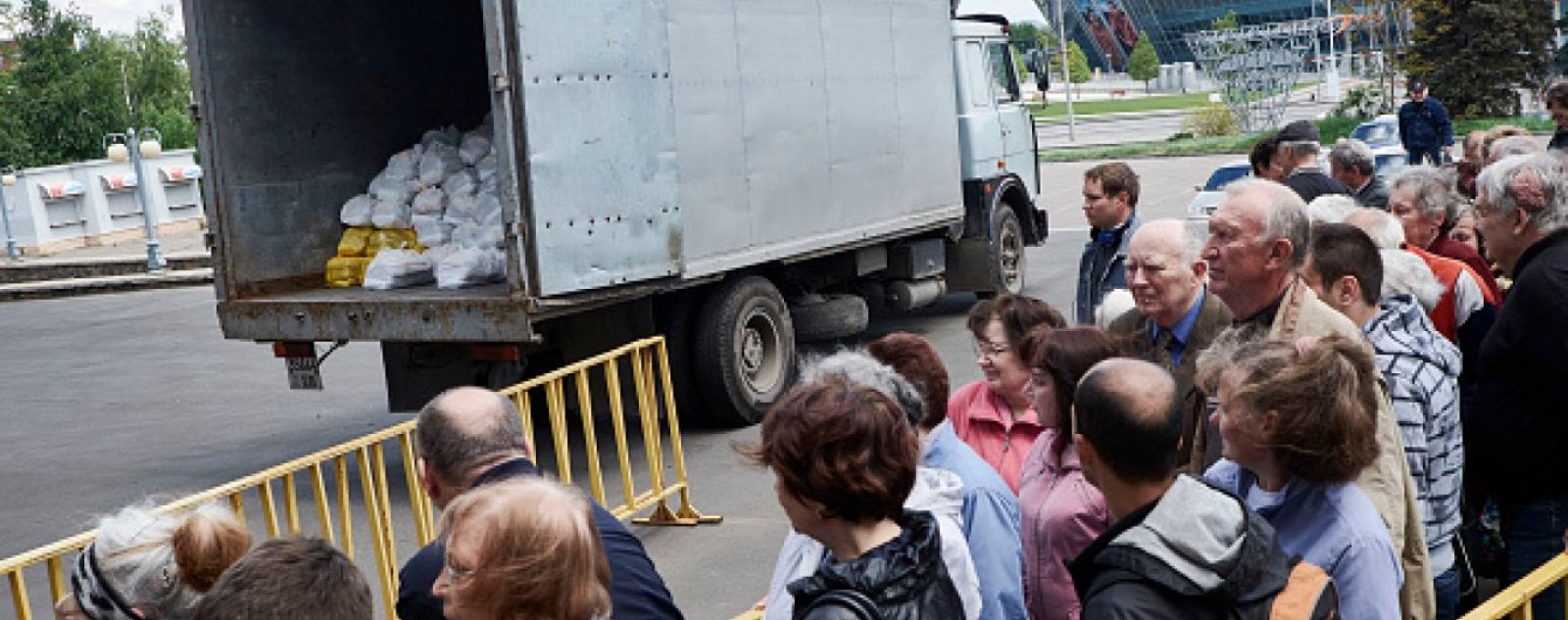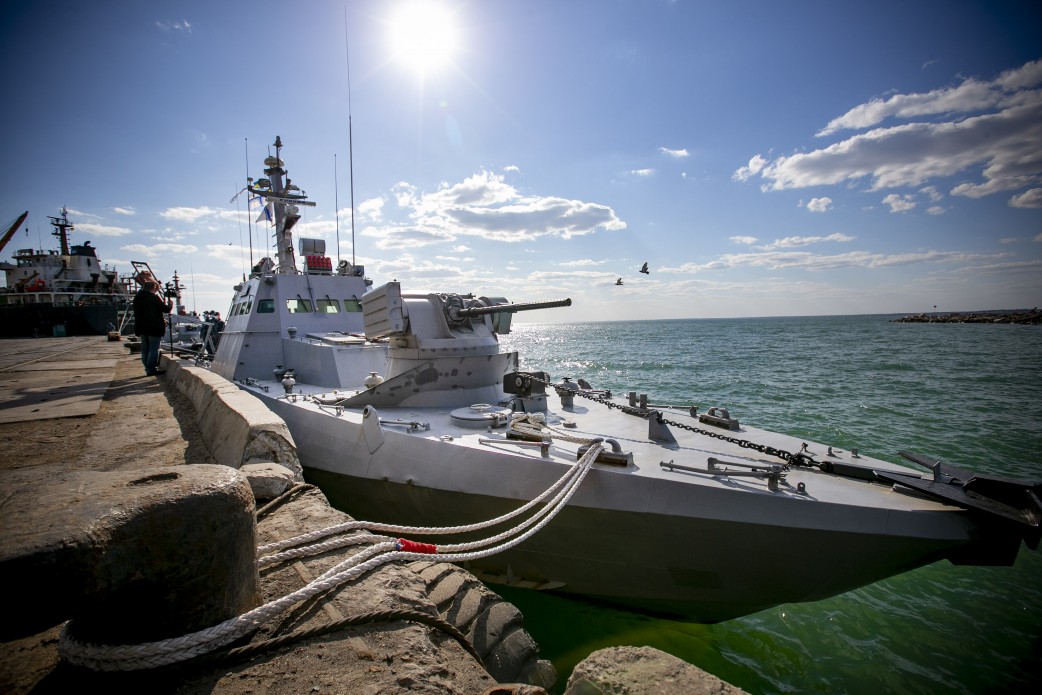], May 3).
In November 2018, Kyiv adopted the “Strategy of the Naval Forces of Ukraine Until 2035” (Navy.mil.gov.ua, January 1, 2019). This planning document outlined the formation of a so-called “mosquito fleet” as a priority until 2030.
).
Last March, President Volodymyr Zelenskyy approved a new “Military Security Strategy” for Ukraine. This document identifies a number of fundamental aspects of ensuring national security in the military sphere. In particular, the Strategy first calls for abandoning all efforts to achieve military parity with the Russian Federation, which would lead to an excessive militarization of the state and, accordingly, a depletion of the national economy. Second, it recommends better coordinating the resources of the national economy with defense capabilities development planning. And third, the document lays out ways of restructuring Ukraine’s defense forces to ensure they can quickly deploy to threatened areas and conduct preventive, unpredictable, asymmetric, and innovative actions so as to neutralize the numerical and technological advantage of the enemy (Rada.gov.ua, March 25).
Notably, the following month, the Ministry of Defense announced the approval of the “Doctrine of the Naval Forces of Ukraine,” which emphasizes building (or acquiring/receiving, within the framework of international technical assistance) missile boats, landing ships of various classes, patrol ships and boats, minesweepers, small submarines, unmanned underwater vehicles, and auxiliary vessels. In addition, the Doctrine provides for more robust development of the coastal defense forces and naval aviation. However, the document makes absolutely no reference to the asymmetric mosquito fleet concept—even though this was determined to be a priority by the “Strategy of the Development of the Naval Forces of Ukraine Until 2035” (Ukrinform.ua, April 29).
In other words, the April 2021 “Doctrine of the Naval Forces of Ukraine,” in contrast to the November 2018 “Military Security Strategy and the Strategy of the Naval Forces of Ukraine Until 2035,” does not focus on asymmetry; the later document instead calls for ambitious symmetric decisions and actions.
A number of experts agree that Ukraine should solve the acute problem of securing its open sea flanks as soon as possible. And they are convinced that the optimal way to achieve this goal is by creating a balanced mosquito fleet consisting of fast combat boats of multiple classes (Zn.ua, April 24, 2020, Day.kyiv.ua, April 28, 2020, Mil.in.ua, December 1, 2020, Rada.gov.ua, January 28). Ukraine has already received two Island-class patrol boats from the United States, and three more of these former Coast Guard cutters will be transferred to Odesa in the near future (Ukrinform.ua, March 12).
Nonetheless, the number of “mosquito” boats that are planned to be delivered to Ukraine as part of the US’s military-technical assistance programs is not enough to create robust naval mosquito capabilities. Under these conditions, Kyiv could focus on purchasing additional US Mark VI multipurpose, high-speed patrol boats with enhanced weapons, which are already extremely important for Ukraine’s maritime security. An alternative option could be for the US military-technical assistance programs to supply preexisting Ukrainian mosquito fleet platforms with weapons and equipment (especially high-precision short-range missiles, universal drones and combat-control systems) compatible with North Atlantic Treaty Organization (NATO) standards.
In addition, it is important to note that, in accordance with the defense policy of Ukraine, the naval doctrine document is a set of provisions regarding the purpose, use and role of the Naval Forces in protecting the interests of Ukraine. It should, thus, be based on the laws of Ukraine, the latest adopted military security strategy, and other state regulations. The navy doctrine should not cover the development of the Naval Forces, since this is the function of the “Strategy for Naval Forces Development Until 2035,” which was specifically adopted more than two years ago as part of Ukraine’s implementation of the well-known principle of NATO Mission Command. Relatedly, it is advisable for Ukraine to develop its military doctrines in line with relevant NATO doctrines (Nato.int
, accessed May 10), which specifically emphasize joint and integrated operations on land, sea or air.
Further reading:
- Ukraine signs Memorandum to modernize its Navy, new partnership and trade agreement with the UK
- How Ukraine can defeat Russia
- “Black Sea mosquito fleet”: how the UK will help Ukraine regain its naval footing (2020)
- Kyiv considers purchase of 16 US patrol boats Mark VI which might strengthen Ukraine’s maritime security
- Ukrainian fleet may be able to defend country in 2020s but can’t now, Zhirokhov says (2018)
- Russia attacks Ukrainian ships near Kerch strait – video, audio intercepts
- Ukrainian cadets complete officer training program in UK, saluted by Prince Charles
- Ukrainian volunteers start restoring Ukraine’s broken naval fleet (2015)





